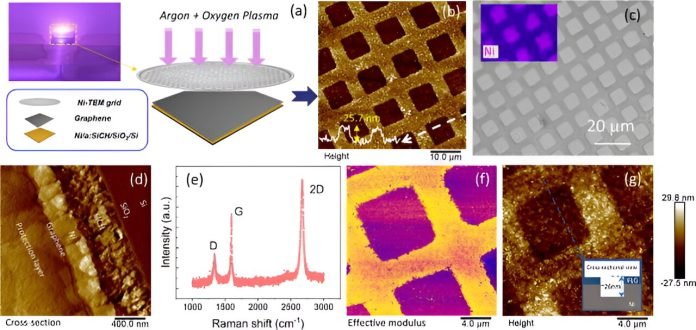
Researchers have come up with an exciting new way to increase the capacity of sodium-ion batteries, which could make energy storage cheaper and safer.
This work was published in the journal Applied Physics Reviews and was led by Professor Oleg Kolosov from Lancaster University and Professor Zhigao Huang from Fujian Normal University.
Key results were also contributed by Associate Professor Yue Chen, who is affiliated with both Lancaster and Fuzhou universities.
Professor Kolosov explained, “Studying rechargeable batteries at the nanoscale is crucial for creating new, efficient, and safe batteries.”
The research aims to provide an alternative to lithium-ion batteries, which are widely used today but have some drawbacks. Lithium is rare and difficult to mine, making it expensive.
On the other hand, sodium is much more abundant and easier to obtain.
The hope is that sodium-ion batteries could eventually replace lithium-ion batteries, offering similar performance at a lower cost.
The researchers developed a special technique called electrochemical ultrasonic force microscopy (EC-UFM).
This technique allows them to see what’s happening inside the battery at a very small scale while it is working. Before this, it was not possible to observe these tiny details using existing methods.
With EC-UFM, the team was able to study the formation and properties of a crucial component in these batteries called the solid-state interphase (SEI). The SEI layer significantly affects the battery’s capacity, power, and lifespan.
Understanding and controlling how this layer forms is key to improving battery performance.
As part of the NEXGENNA Faraday Institution project, the researchers used a solvent to help sodium ions move into the carbon electrode. This process, known as co-intercalation, helps create a more effective SEI layer during the battery’s charge and discharge cycles.
By doing this, they managed to improve the movement of charge carriers between the electrolyte and the electrode, leading to more efficient and powerful sodium-ion batteries.
In simpler terms, this breakthrough means that sodium-ion batteries could soon be a reliable and affordable alternative to lithium-ion batteries.
This would be a significant step forward in energy storage technology, making batteries cheaper and safer for everyday use.



